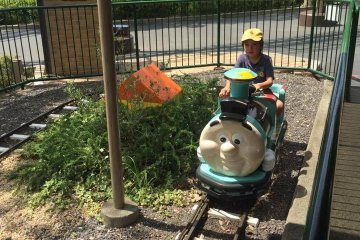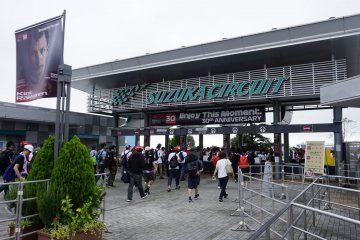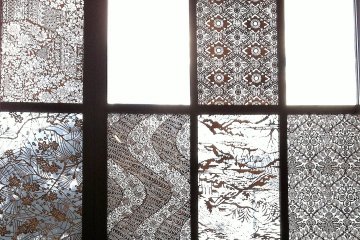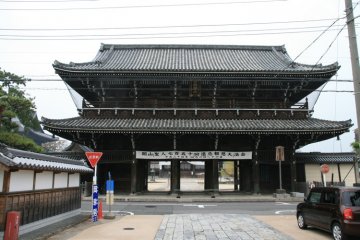

Suzuka Circuit in Mie Prefecture is about much more than F1 racing, although that’s a definite highlight of the location. The circuit was created as the first full-scale international racing course in Japan. This Japanese Mecca for motorsports opened in 1962, and since then it’s become home to racing of every sort—and an amazing assortment of family-friendly activities that everyone can enjoy.
From cars to motorbikes to go-karts, Suzuka Circuit is reputed for its theme of a theme park of mobility. Aside from hosting several racing events every year that spectators flock to enjoy, the circuit is also home to Motopia Amusement Park that lets visitors of all ages test out their need for speed on a variety of vehicles. For fans of racing who want a more in-depth racing experience, the Suzuka Circuit Racing School offers classes and training to motorsport fans.
After a long day of racing and wheeling around Suzuka Circuit, be sure to visit their natural hot spring, Kur Garden, for a relaxing time. There’s something for everyone in the family at Suzuka Circuit; it even makes for a fun date spot—they also have wedding facilities for hardcore racing couples.
This amusement park inside Suzuka Circuit has pkenty of amazing attractions to thrill the whole family. Their summer-only Aqua Adventure zone is sure to cool you off while their many vehicle attractions get you heated up!
A 15-minute walk from Suzuka Circuit Ino Station.


The Formula One Grand Prix makes its stop in Japan, and will be held at Suzuka Circuit, the legendary race track located in Mie Prefecture, just south of Nagoya.

At Suzuka Circuit in Japan's Mie Prefecture, Motopia is an amusement park ideal for young children, with fun rides, on-site hotel, hot spring baths and various dining options.


Ise katagami is an ancient Japanese craft where paper stencil were used to create ornaments on kimono and clothes.

Life is slow in Mie Prefecture’s Kameyama City. Even the name, Kameyama means “Tortoise Mountain”, but things weren’t always this slow.

The largest Buddhist temple in Mie Prefecture, the Senjuji is surrounded by high earthen walls, with an impressive set of gates and the distinctive Taikomon bell tower’s gabled roofs, the temple looks more like a small castle than a place of worship.